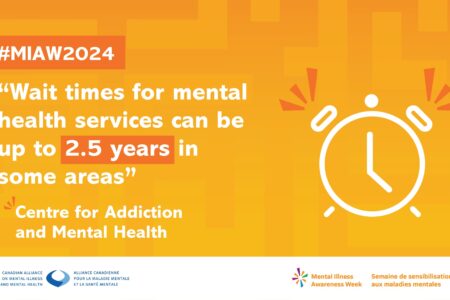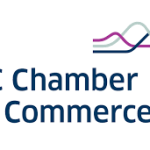TECH TALK: You think you've got a virus, so now what?
So you’ve looked at some of the warning signs I talked about last week and now you’re pretty sure you have a virus. Now what?
The most important message I want to get across is that you have to DO SOMETHING. I frequently get told, “I don’t have any data to protect, so I’m not worried.” This is a terrible misconception for two reasons. First, it’s remarkable how little a good hacker needs to be able to get significant access to your life. If he can hack into your email account, for instance, he can go to your bank’s website posing as you, say that he has (you have) lost the password and ask to have it reset. Where does the new password go? You guessed it: Your email!!
The second issue is that most bad guys don’t care about your data. They care about stealing the use of your computer. It will be used to send out spam, attack websites or, what makes me the most nervous, host illegal content. When the bad guys are selling stolen credit card information or child pornography, they want to sell it from YOUR computer. That way, if they accidentally sell to the RCMP or Interpol, the transaction gets traced back to you instead of to them.
Now that you’re convinced that you should do SOMETHING, what should you do? Let me start with the ounce of prevention. Run a good anti-virus like Kaspersky or BitDefender. Use Firefox or Opera instead of Internet Explorer. Whatever browser you use, install AdBlock Plus. That will protect you from a lot.
You should also ensure that your back-ups are up-to-date. You DO have back-ups, right? If you don’t, you need to consider your computer files disposable. You WILL lose them. The best data back up solution for most people is on-line. If you don’t have anything, check out Mozy at http://tinyurl.com/2dluf50. It gives you 2 GB for free and an unlimited account for $5.
If you don’t mind trading a little more inconvenience for a lot more control, run No Script. It blocks all scripts and lets you choose which ones to trust and which not to. On the other hand, it requires a lot more effort from you.
If you’ve already got bugs, run your anti-virus; it may be able to remove the problem. Boot into Safe Mode by pressing F8 while your computer is firing up and then choose “Safe Mode With Networking”. Run your anti-virus and see what it gets rid of.
Then go to www.Kaspersky.com and www.BitDefender.com. Another great option is MalwareBytes (www.MalwareBytes.com). These all offer free utilities that will detect & clean malware.
You’ll also want to clean out your temp files, either with the Windows utility or with CCleaner (www.piriform.com).
Once you’ve run these in Safe Mode, reboot into normal mode and do it again.
The best way to scan an infected computer is actually to remove the hard drive and scan it from a known-good computer. If you’re comfortable with that, get yourself a SATA to USB or IDE to USB adapter and plug your bad drive into a good machine. Most good techs will take this approach.
I’d also like to offer another warning. Beware the advice you get from friends or from Google. I’m often stunned at what passes as advice from someone saying, “I tried this and it worked” without realizing that it worked in spite of what he did, not because of it.
The topic of virus cleaning is involved enough to fill a medium-sized book. This should get you started but, if it doesn’t clean out your machine, I’d suggest you find a good tech. In a future article, I’m going to take a look at some ways of finding good technical support.

























Comments